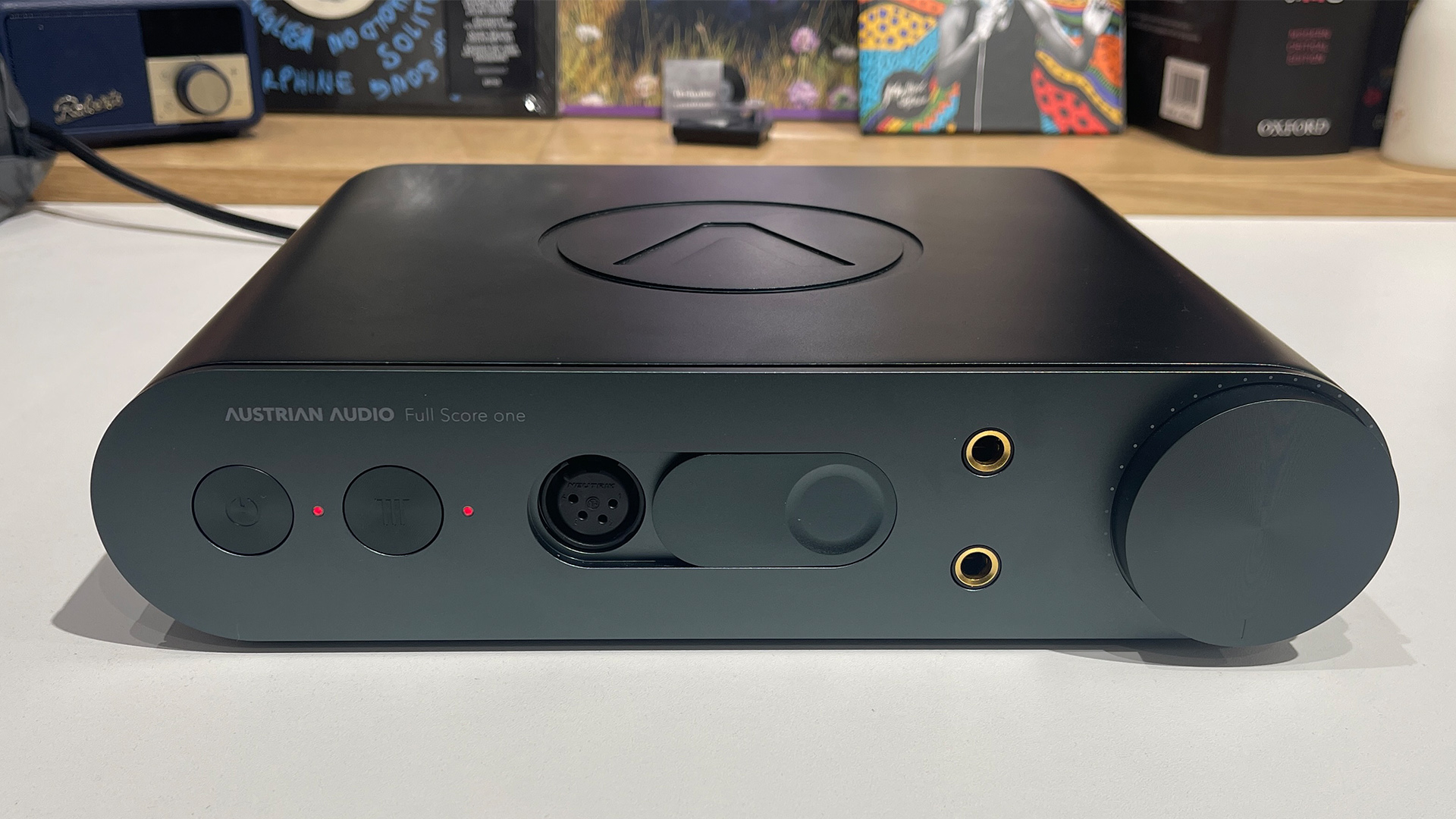What Hi-Fi? Verdict
The Austrian Audio Full Score One is a well-made and frill-free performer that’s as sonically talented as they come at this level
Pros
- +
Clear, detailed and balanced approach to music replay
- +
Impressive compatibility
- +
Solid build and neat finish
Cons
- -
Only one input
- -
Volume control adjustment could do with greater subtlety for low-level listening
Why you can trust What Hi-Fi?
Analogue headphone amplifiers are less common than they used to be thanks to the more fashionable DAC/headphone amp alternative dominating. However, a dedicated analogue unit still has a place. It is ideal if you just want to add headphone functionality to a system or are trying to eke the final degree of performance from your wired cans. Austrian Audio’s Full Score One is one of the finest examples we’ve come across in recent years.
Austrian Audio is a young company, formed in 2017. But don’t think that youth means a lack of experience. The team behind the brand have been in the business for decades, having worked for AKG Acoustics up until its Vienna-based facilities were closed following Samsung’s takeover of its parent company Harman International in 2016.
Since then, Austrian Audio has carefully built a surprisingly diverse range of products from microphones and headphones to studio-orientated software. Then there is the Full Score One headphone amplifier we have on test here.
Design & connections
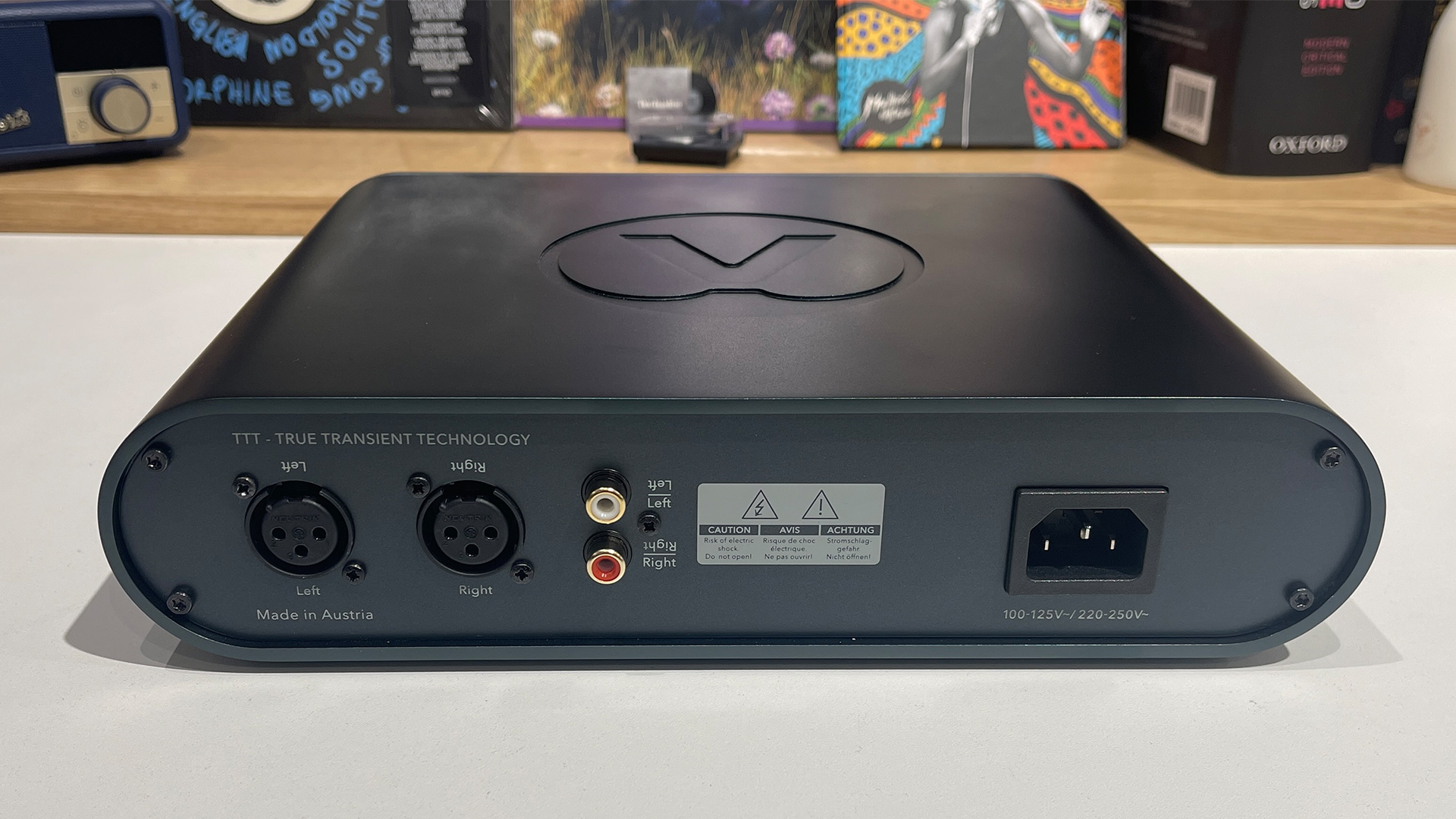
It’s a small unit, about the size of a hardback book and is beautifully made. We like the curved metal casework and the neat way the volume control is integrated, though it would have been nice if the dial were just a little thicker to make it easier to handle. Front panel headphone connections consist of a pair of 6.3mm sockets, and beneath a sliding flap, a 4-pin balanced XLR output.
You will find a button marked TTT on the left of them, next to the power switch. The initials stand for True Transient Technology, and it is a proprietary circuit that claims to improve the Full Score One’s responsiveness to the signal.

Type Headphone amplifier
DAC No
Inputs Stereo RCA in parallel with balanced XLR
Outputs 6.3mm x2, 4-pin Balanced XLR
Dimensions (hwd) 65 x 220 x 265mm
Weight 2.8kg
Finishes x1 (black)
That rings true in use. Pressing the button improves detail resolution, leading-edge definition and image precision. The downside is that it also makes the Full Score fussier about recording quality, revealing any harshness or edge mercilessly.
While the Full Score One has natural partnering headphones in the Austrian Audio range, the excellent pair called The Composer, the company has designed the amp to work well with a wide range of designs. It can drive impedances from 10-600 ohms, which covers the majority of offerings on the market.
Compatibility
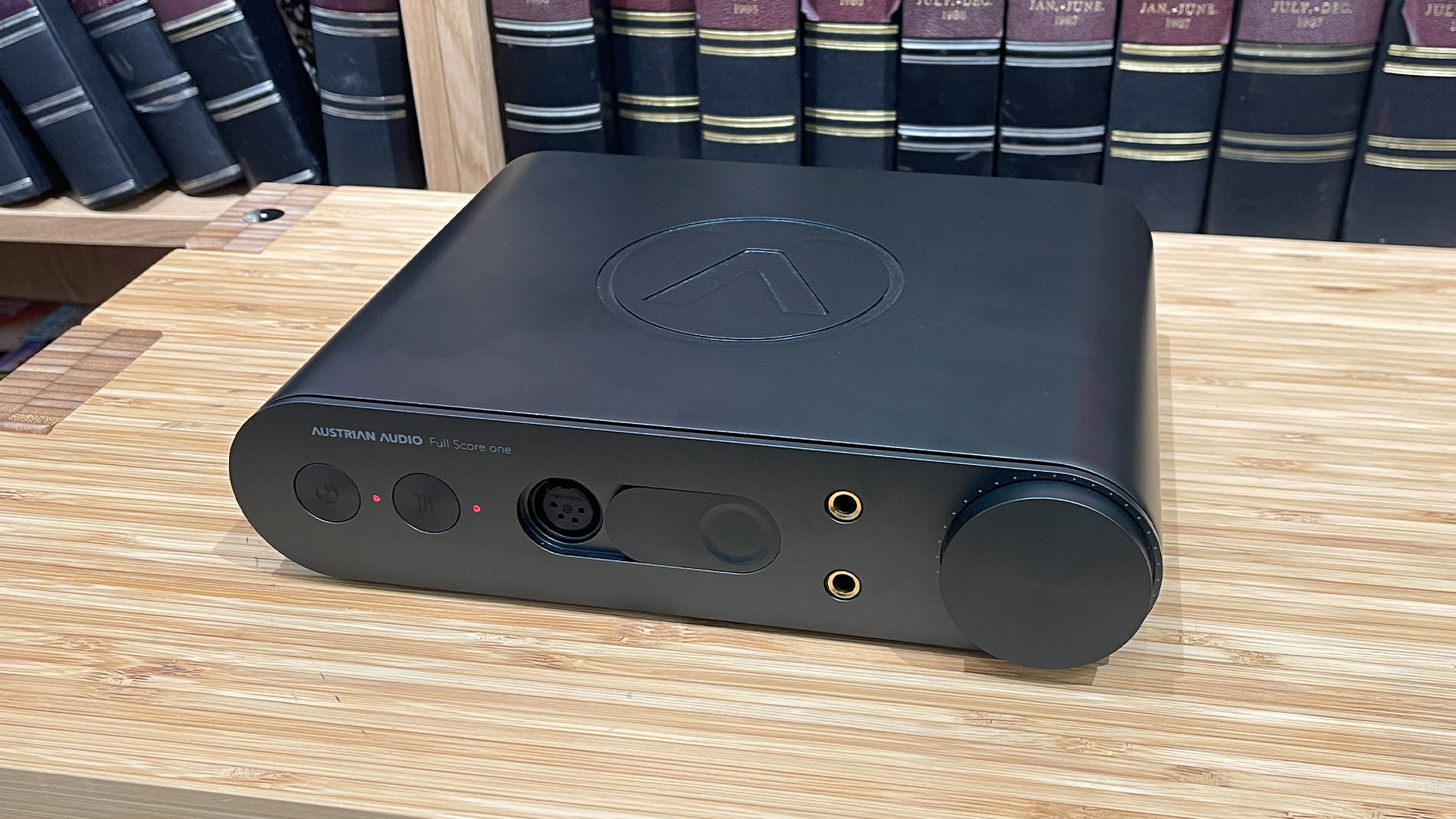
During the test process try a range of wired headphones from The Composer (22ohms), Sony’s MDR-Z1R (64ohms), Focal’s Stellia (35ohms) to Grado’s RS-1x (38ohms) and early-generation Beyerdynamic T1 (600 ohms) without issue. However, we note that there isn’t much travel on the volume control before things get too loud with some of the more sensitive designs. When it comes to inputs there isn’t much to say, a single pair of stereo RCAs is connected in parallel with a pair of balanced XLRs. We would only recommend using one connection at a time.
Take a look inside the Full Score One and you will find a neat discrete layout that avoids the use of IC chips on performance grounds. There is evidence of good quality parts and plenty of care in the assembly. This is a product that inspires a great deal of confidence in use and feels like it will withstand many years of hard service.
You will want to use it plenty too, as it is a terrific performer. The Full Score One rewards the use of top-quality partnering equipment. Our main sources are the Cyrus 40 ST and Naim ND555/555 PS DR music streamers. We also have a Technics SL-1000R/Vertere Dark Sabre/ Cyrus Phono Signature/PSX-R2 turntable combination on hand, along with the aforementioned range of quality headphones.
Sound
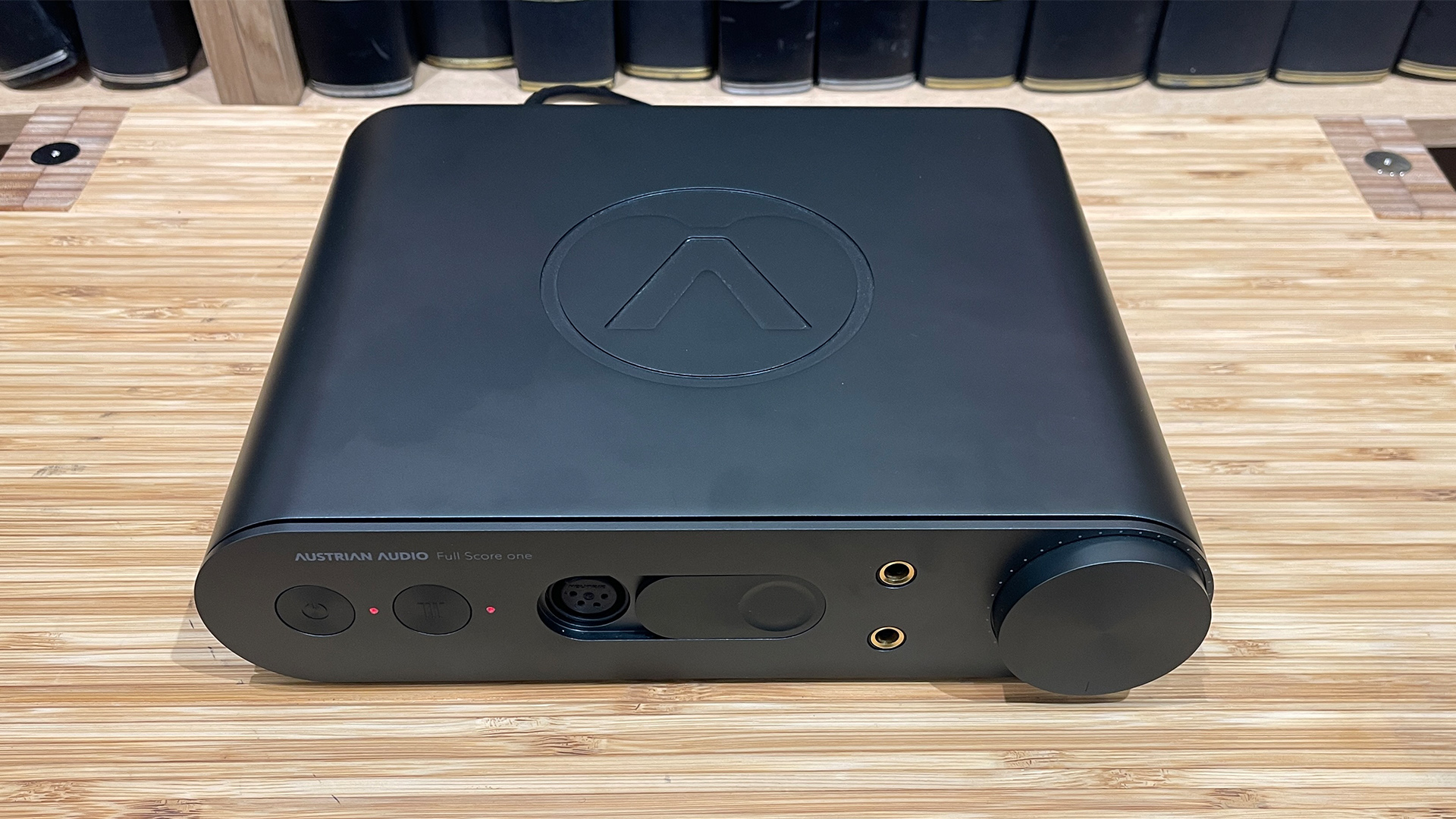
Any worry that the Full Score is only optimised for its natural partnering headphones, The Composer, proves unfounded. The unit sounds equally capable and balanced regardless of what we plug into it. That’s thanks to an even-handed temperament and the ability to drive most headphone loads without issue, just as claimed. Given the company’s strong studio heritage, it should come as no surprise that this amplifier has a warts and all presentation; one that prefers the unvarnished truth to trying to make every recording sound good.
Quincy Jones had just recently passed away at the time of writing, so we pay homage by listening to his terrific Back On The Block set. The Full Score covers itself in glory by delivering the title track's explosive punch and instrumental complexity so well. Regardless of partnering headphones, we get a lovely sense of space and a convincing rendition of vocal and instrumental textures.
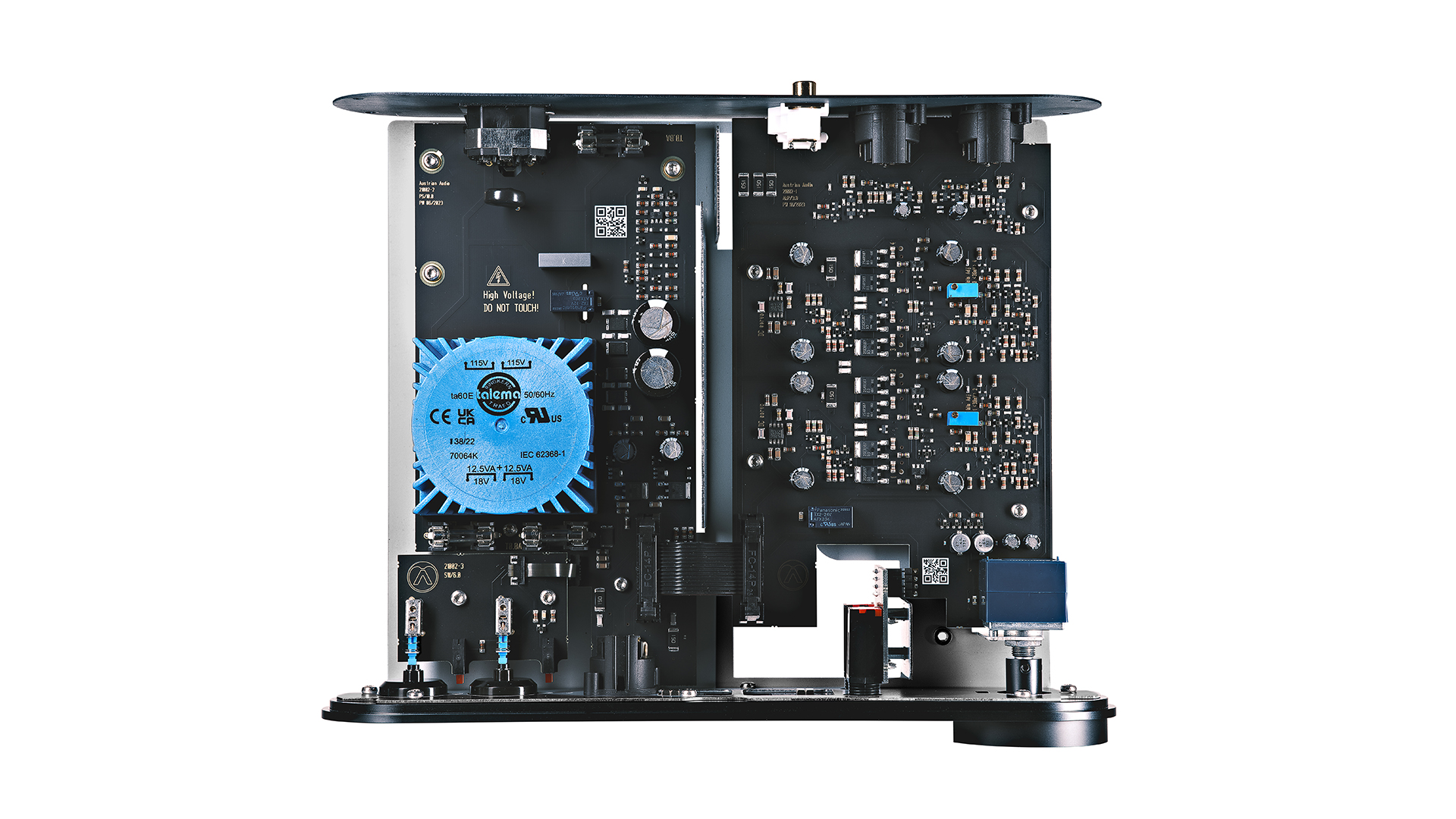
Sometimes a component that goes for tonal neutrality compromises on rhythmic drive and dynamic expression, but that is not the case here. This Austrian Audio delivers all the verve in the recording without diluting it one jot. We’re impressed by its grip at lower frequencies, along with its generally articulate nature.
Moving to an old favourite in the form of Hans Zimmer’s Interstellar soundtrack shows that the Full Score One is capable of high levels of analysis and can track multiple instrumental strands without sounding confused. We’re pleased with its sonic authority and the way it renders the scale of the orchestra.
Scale and authority are areas where headphone listening invariably suffers compared to a good pair of speakers, but using this amplifier delivers better results than most. Stereo imaging, such as it can be with headphones, is crisp, layered and stable.
Verdict
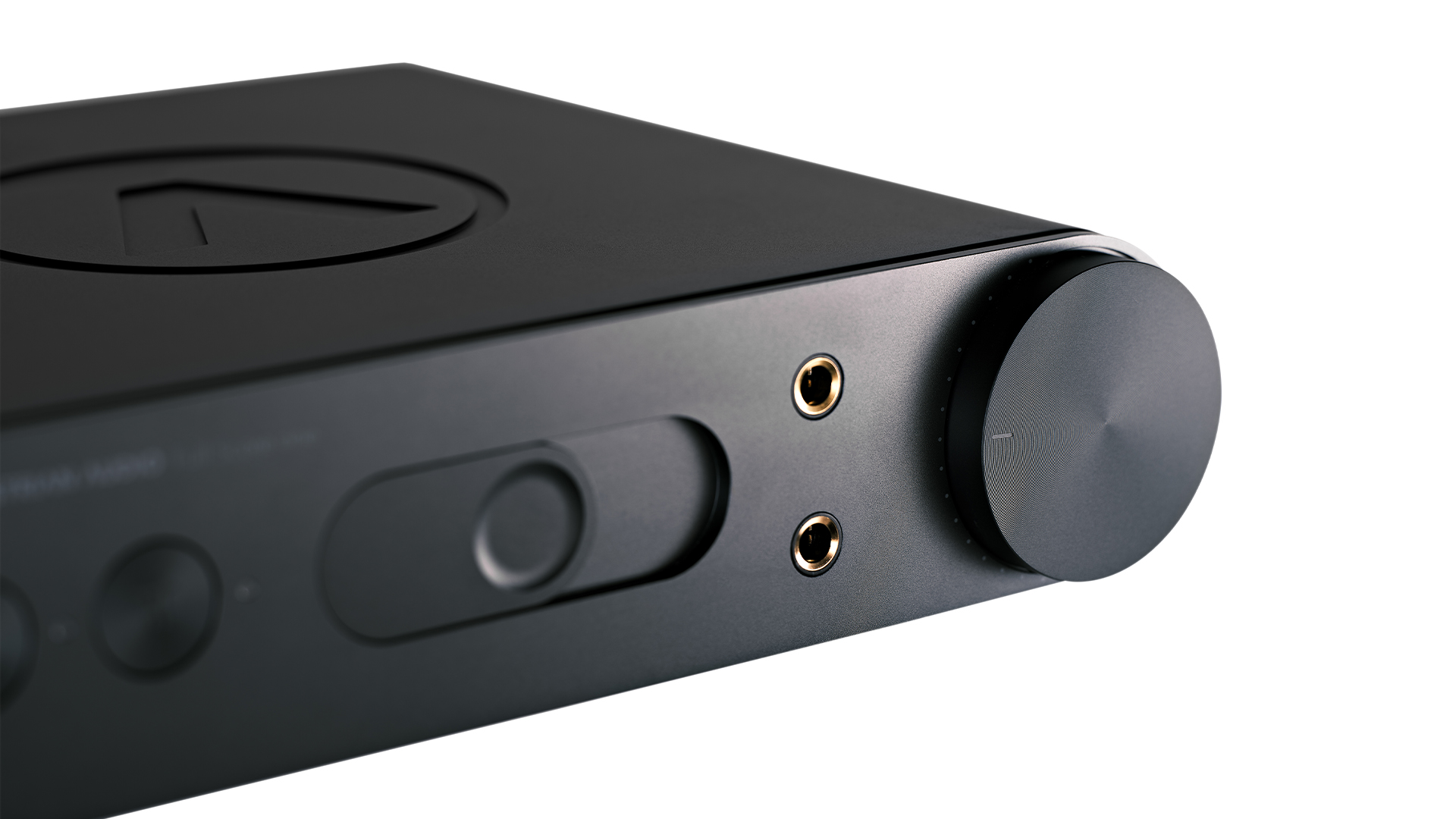
For most headphone listeners the addition of a product like the Full Score One is a bit of an over-kill. But if you are truly obsessive about getting the most from your high-end headphones and have sources of sufficient quality, this Austrian Audio amplifier is warmly recommended.
First reviewed: January 2025
SCORES
- Sound 5
- Build 5
- Features 3
MORE:
Also consider the SPL Phonitor SE
Need a DAC included? Read our review of the Chord Hugo 2
Best wired headphones: the 7 top pairs tested by our in-house experts
What Hi-Fi?, founded in 1976, is the world's leading independent guide to buying and owning hi-fi and home entertainment products. Our comprehensive tests help you buy the very best for your money, with our advice sections giving you step-by-step information on how to get even more from your music and movies. Everything is tested by our dedicated team of in-house reviewers in our custom-built test rooms in London, Reading and Bath. Our coveted five-star rating and Awards are recognised all over the world as the ultimate seal of approval, so you can buy with absolute confidence.
-
rocksteady At this price level, the lack of Selectable inputs, Gain and Remote Control is my view inexcusable. Close, but no Cigar for me...Reply
